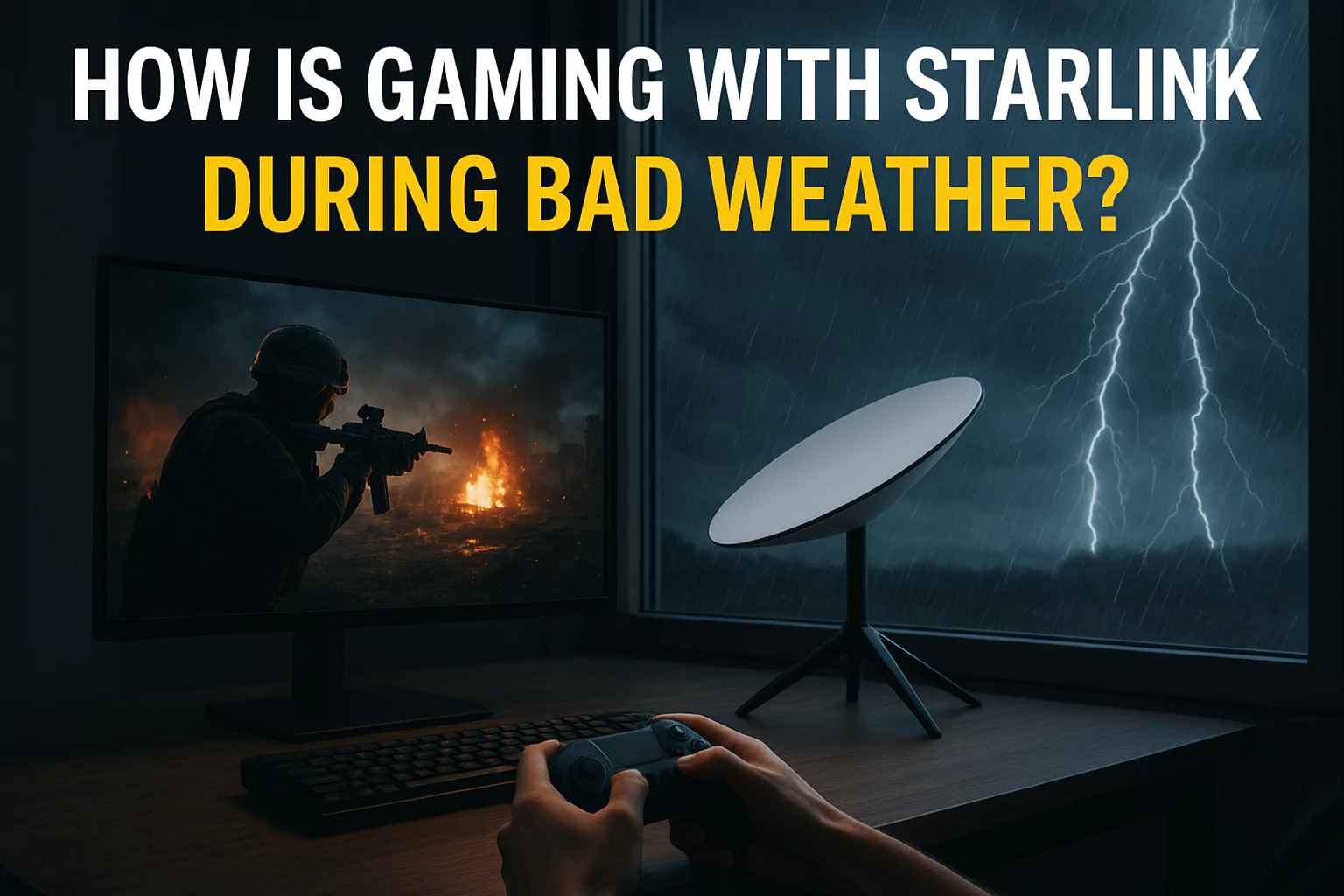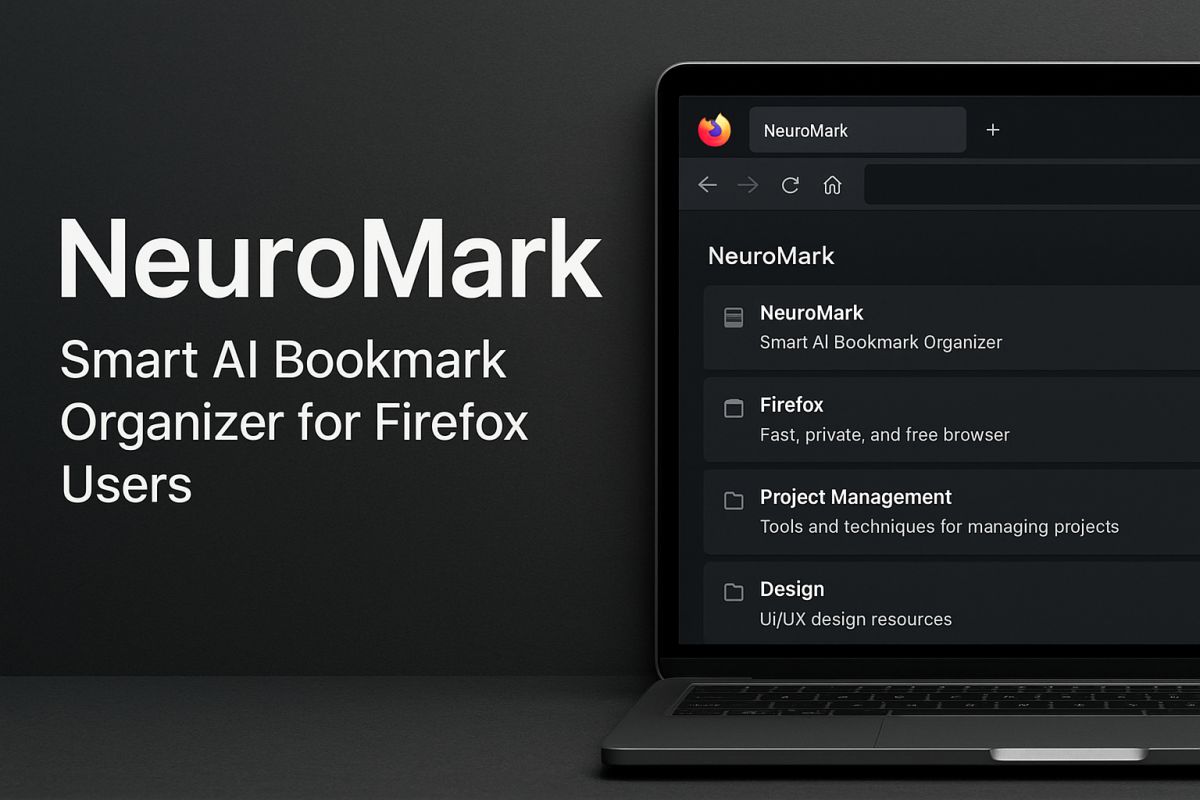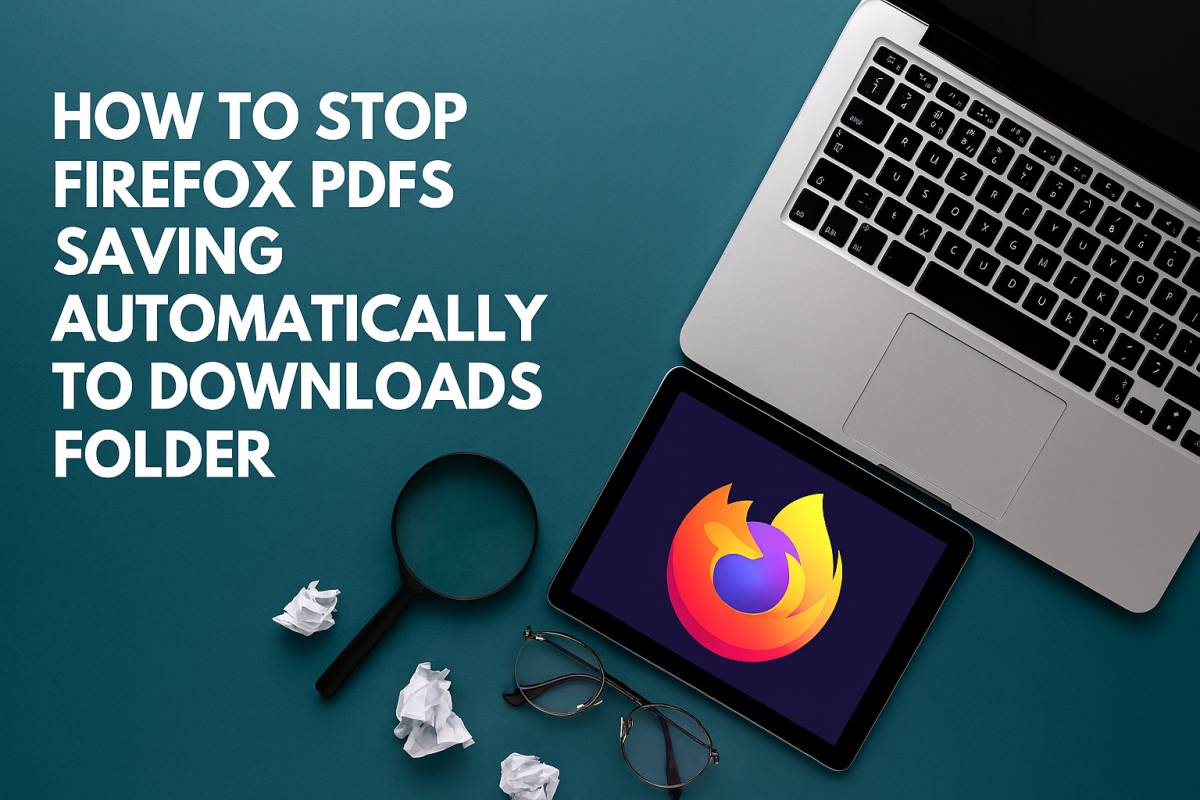How Is Gaming With Starlink During Bad Weather? Explained

When it comes to gaming with Starlink during bad weather, the experience can vary – light rain or cloudy skies usually have little impact, but heavy storms, snow buildup, or dense cloud cover can cause lag spikes, temporary signal drops, or slower speeds. In simple terms: Starlink works well most of the time, even in less-than-ideal weather, but during extreme conditions, gamers may notice disruptions that affect fast-paced online play.
Why Weather Matters for Starlink Gaming
Starlink, developed by SpaceX, has been a game-changer for people in rural and remote areas who previously had no access to reliable internet. With its low Earth orbit (LEO) satellite system, Starlink offers faster speeds and lower latency compared to traditional satellite internet providers.
However, one big question gamers often ask is: Does Starlink still perform well in bad weather? Since online gaming relies heavily on stable latency and quick response times, even short interruptions or slowdowns can impact the experience. Let’s break down exactly how rain, snow, storms, and other weather conditions affect gaming with Starlink.
How Starlink Works: A Quick Recap
Before understanding how weather impacts gaming, it’s useful to know how Starlink works.
- Low Earth Orbit Satellites (LEO): Unlike traditional satellites that orbit 35,000 km above Earth, Starlink satellites orbit at around 550 km. This reduces latency significantly.
- Dish Connection: Users connect via a phased-array dish (nicknamed “Dishy”), which automatically aligns with satellites overhead.
- Internet Signal Flow: The dish communicates with satellites, which then link to ground stations connected to the internet backbone.
This setup makes Starlink faster and more responsive than old satellite systems—but it’s still exposed to environmental challenges like weather interference.
Gaming With Starlink in Different Weather Conditions
1. Light Rain or Cloudy Skies
- Impact on Gaming: Minimal to none.
- Explanation: Light rain and scattered clouds don’t usually block Starlink’s signals enough to cause noticeable issues. Online gaming remains smooth, with stable latency and download speeds.
2. Heavy Rain (Rain Fade Effect)
- Impact on Gaming: Possible lag spikes and short interruptions.
- Explanation: Heavy rain can cause signal absorption and scattering, known as rain fade. For gamers, this might mean occasional stutters, rubber-banding in fast-paced games, or temporary disconnections.
3. Snow and Ice
- Impact on Gaming: Moderate to high if dish gets covered.
- Explanation: Starlink dishes are heated to melt snow, but if snow accumulates on or around the dish, signal quality may drop. Gamers might face latency jumps, slower downloads, or complete drops until the dish clears.
4. Thunderstorms and Lightning
- Impact on Gaming: High risk of short outages.
- Explanation: Storm clouds with lightning can cause severe signal disruptions. In extreme cases, Starlink service may cut out entirely until conditions improve.
5. Strong Winds
- Impact on Gaming: Low, unless dish is misaligned.
- Explanation: Starlink dishes are designed to withstand wind, but if mounted poorly, strong gusts could misalign the dish, causing unstable connectivity. Gamers could experience jitter or connection losses.
6. Dense Fog and Hail
- Impact on Gaming: Mild to moderate.
- Explanation: While fog doesn’t impact signals much, hail can temporarily affect the dish or cause hardware damage. This could lead to short drops during gaming sessions.
Latency and Ping: The Gamer’s Biggest Concern
For gamers, speed isn’t the only priority—latency (ping) matters most.
- Normal Starlink Latency: 40–60 ms (similar to some wired broadband in rural areas).
- During Bad Weather: Can jump to 80–150 ms or higher, depending on severity.
- Gaming Effect: In fast-paced games like Call of Duty, Apex Legends, or Fortnite, higher latency can mean delayed reactions. In slower games (like turn-based strategy or casual online games), the effect is less noticeable.
Can You Reduce Bad Weather Disruptions?
Yes – there are several steps gamers can take to minimize weather-related issues:
- Install the Dish in an Open Area: Avoid trees, buildings, or obstructions that worsen weather interference.
- Use Heated Dish Mode (for Snowy Regions): Keep snow from accumulating on the dish.
- Stable Mounting: Ensure the dish is securely installed to withstand wind.
- Backup Internet (if gaming competitively): Having a mobile hotspot or secondary ISP can save you during storms.
- Quality Router and Settings: Use a gaming router that prioritizes packets to reduce the effect of lag spikes.
Real Gamer Experiences With Starlink in Bad Weather
Many Starlink users have shared their experiences on forums and gaming communities:
- Casual Gamers: Report that light rain or cloudy days rarely affect gaming.
- Competitive Gamers: Notice more frustration during storms, especially when playing real-time competitive titles.
- Rural Gamers: Still prefer Starlink over older satellite providers like HughesNet or Viasat, even during bad weather, since outages are usually brief.
In short, while bad weather can be a nuisance, Starlink generally offers a far better experience than traditional satellite options.
Is Starlink Reliable Enough for Gamers?
If you’re a hardcore competitive gamer, bad weather may occasionally interfere with your sessions. However, for most players—whether you’re exploring open-world RPGs, playing MMOs, or casually competing—Starlink provides a stable and enjoyable gaming experience in nearly all conditions.
It’s important to remember: no internet service is completely immune to weather. Even ground-based fiber can go down during storms due to power outages. The difference is, Starlink recovers quickly once conditions improve.
Final Verdict: Gaming With Starlink in Bad Weather
So, how is gaming with Starlink during bad weather?
- Mild Weather: No noticeable effect.
- Heavy Rain/Snow: Short disruptions, lag spikes, or higher latency.
- Extreme Storms: Temporary outages until skies clear.
For most gamers, Starlink is still one of the best internet options available in areas where cable or fiber isn’t possible. While it’s not completely weather-proof, the impact is usually small and manageable. With smart setup and expectations, you can comfortably enjoy gaming—even when the skies turn gray.









